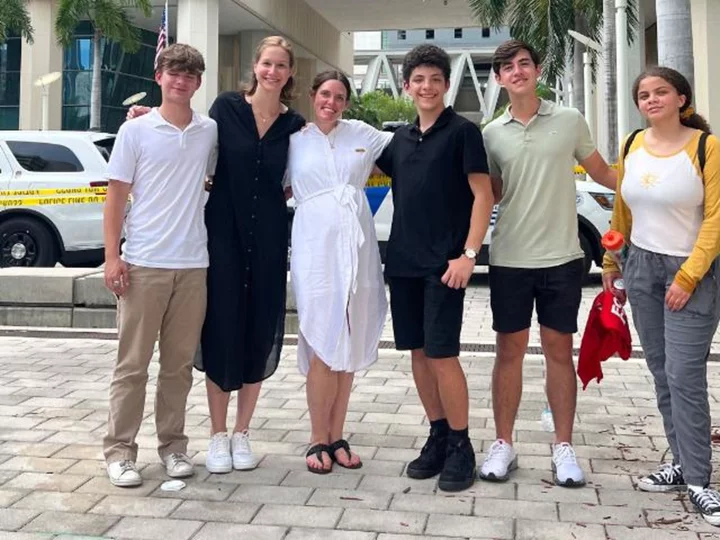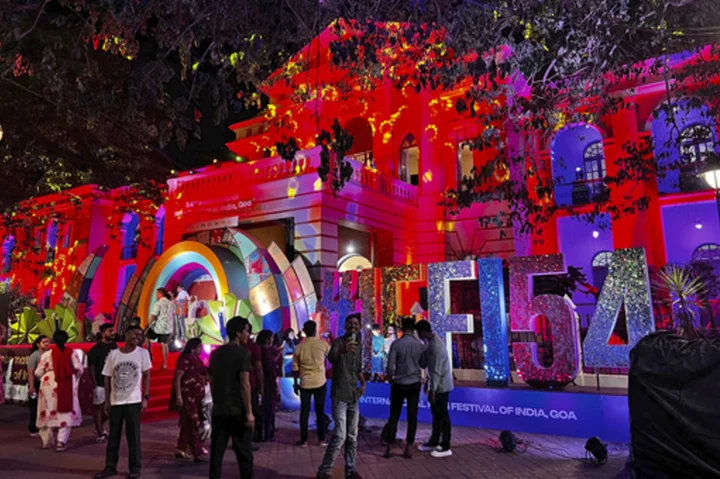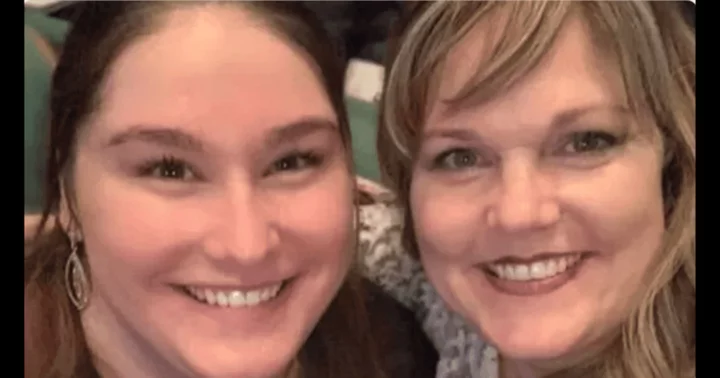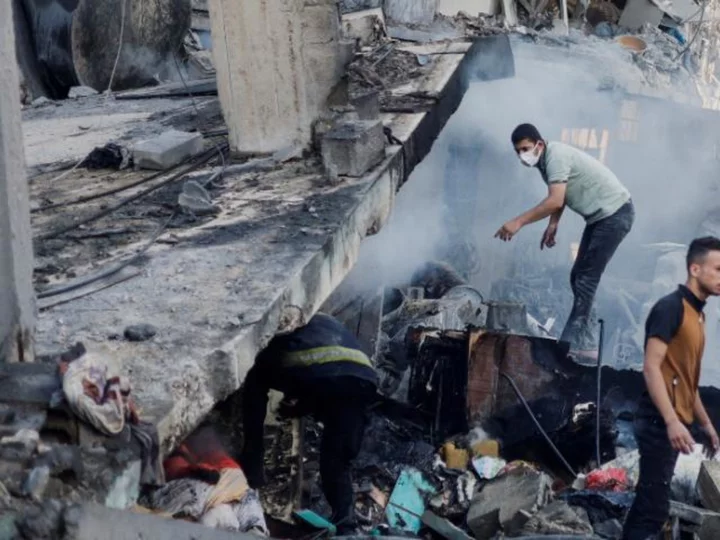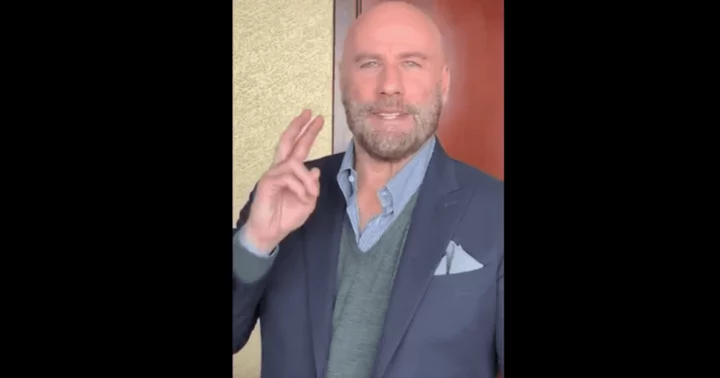The operation was devised on the eve of the arraignment.
The chief judge presiding over the Miami federal court in which former President Donald Trump was arraigned on Tuesday had made the decision to prohibit electronics inside the courthouse, presenting a major hurdle for news organizations needing to quickly transmit information from the historic proceeding to the outside world. Without access to electronic devices, the rudimentary task was a formidable one.
After surveying the courthouse on Monday, CNN's team hatched a plan — one that ultimately led the news network to become the first to report that Trump was in custody and had entered a not guilty plea on 37 counts related to his alleged mishandling of classified intelligence documents.
It started with hiring a group of local high school students to work as production assistants for the day. Noah Gray, CNN's senior coordinating producer for special events, had grown up in the Miami area and attended Palmetto Senior High School. He contacted his former teacher, who heads the school's television production program, and said that CNN wanted to quickly hire some of her students to help with its reporting effort.
On Tuesday, several of the hired students were brought into the courthouse and seated in an overflow room with reporters Tierney Sneed and Hannah Rabinowitz. As the hearing unfolded and developments transpired, Sneed and Rabinowitz jotted down their reporting on notepads, tearing off sheets with urgent news, and handing it to one of the students. The students then ran the reporting to one of their classmates who was standing by at one of the courthouse's only two pay phones.
But there was a twist: the pay phones at the courthouse could only dial local telephone numbers. To overcome the final obstacle, CNN's staff devised a plan to have the production assistant dial his own personal cell phone, which was located in a nearby RV that the network was using as a mobile headquarters.
Brad Parks, a CNN regional newsgathering director stationed inside the RV, then picked up the phone, typed up the reporting and relayed the information to the outlet's Washington, D.C. bureau. Once the reporting was cleared for air by senior leaders in Washington, it was then transmitted to the control room and the network at large. And, from there, it was finally communicated to CNN's anchors, who delivered the news to viewers across the world.
"In all my years of field producing, never have I been involved in an operation as complex as this literal game of professional telephone," Gray told me on Tuesday, after the hearing concluded.
The remarkable effort to report on the court proceeding was only necessary because of the archaic system in which U.S. federal courts operate. The public continues to have remarkably little access to proceedings in federal courts — no matter how consequential or extraordinary the case may be.
There are no cameras. There are no audio feeds. There are no phone lines to listen in on. In this case, there was only a courtroom with limited seating and an overflow room in which the proceeding was broadcast. Courtroom sketches were the only visuals the public had the opportunity to see. The artists' renditions are the only images that will be recorded in history books.
Over the years, there have been efforts by advocacy groups to increase transparency in courtrooms. But the efforts have only resulted in some minor movement. Generally speaking, federal courts refuse to budge.
However, given the mile-high stakes of a former president, who is once again running for office while facing criminal charges, calls to allow more transparency have been renewed. In fact, several times during television coverage of the arraignment on Tuesday, legal experts brought the important issue to the forefront.
"I think this is long overdue," Elie Honig, CNN's senior legal analyst, told Jake Tapper, describing the federal courts as "stubbornly old fashioned" and "up on their high horse."
"There is this pearl clutching going on for decades among judges," Honig said. "'We don't want our proceedings here to become a spectacle.' Well, guess what? We need to see this. To put it not so finely, we have a right to see this."
Over on MSNBC, Neal Katyal, the former acting solicitor general, made a similar argument. Katyal contended that public access in this particular case would be a benefit to everyone.
"I think the benefits for public access cut for both Trump and the prosecution," Katyal told Nicolle Wallace. "Because Trump can be sure the public will watch for any perceived inequities. And a live stream can be used to combat any misinformation that Trump may try to spread."
"And so I think this is the people's court, this is our American taxpayer dollars that pay for this," Katyal added, "and all Americans should be able to see it."
Whether greater transparency is ultimately granted remains to be seen. But despite the obstacles the federal court system has in place, newsrooms will find a way to climb over them and deliver the news — as was evidenced Tuesday.
Clarification: This story has been updated to reflect the order to bar electronics from the courthouse came from the chief judge in Miami.

